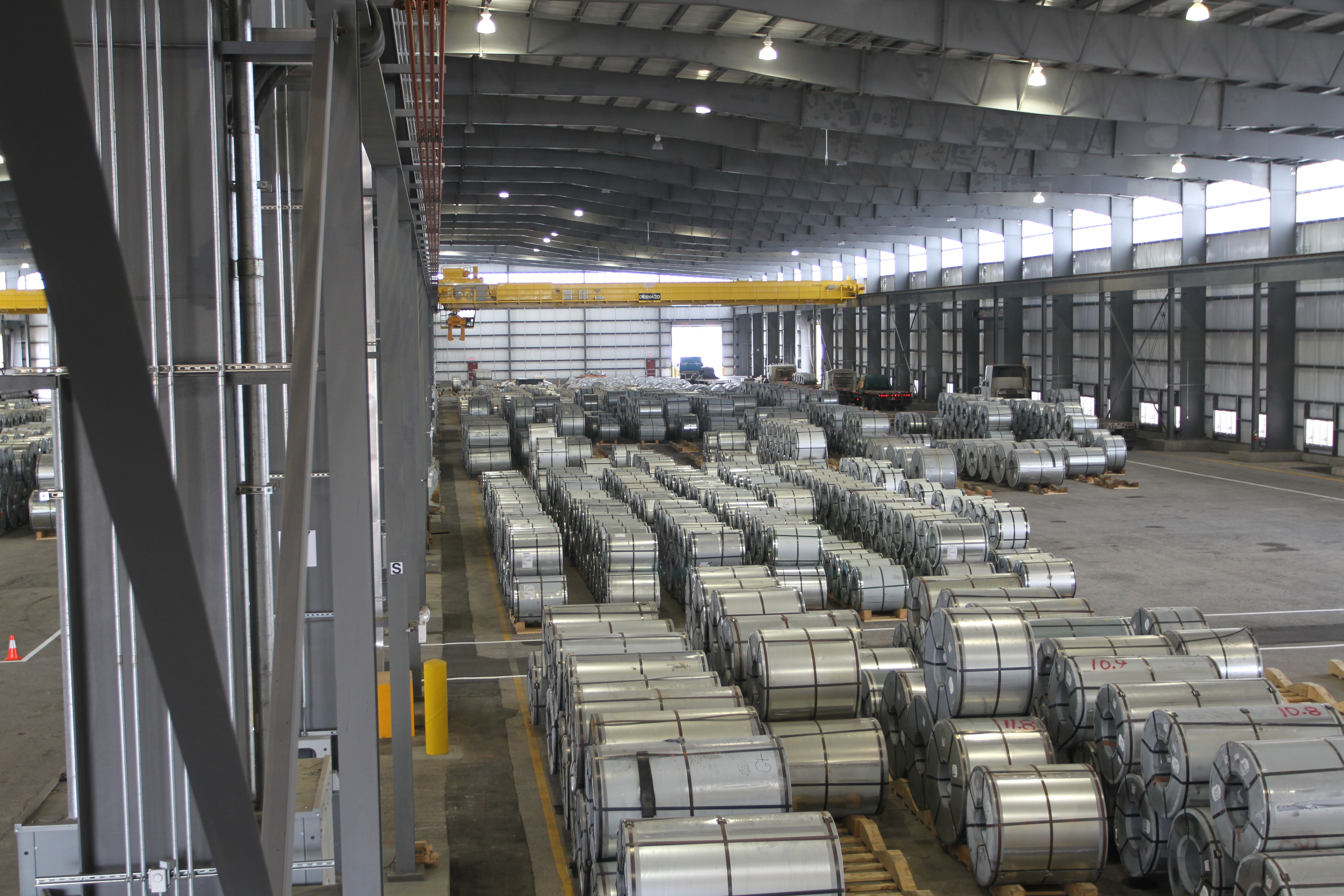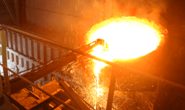Steel Markets

AGC: Construction Employment Climbs in 71% of Metro Areas
Written by Sandy Williams
July 31, 2019
Construction employment continued to grow in June, but could have been stronger if more qualified workers were available for hire, said the Associated General Contractors of America in its latest analysis of federal employment data.
“Demand for construction remains robust in most metro areas,” said Ken Simonson, the association’s chief economist. “But, with record job openings in construction and the lowest overall unemployment rate since 1969, it is likely even more metros would be adding construction workers if there were enough qualified jobseekers available.”
A renewed emphasis on career and technical education is necessary to address the shortfall, said AGC. One of the problems is the lack of grants available to help individuals who choose to pursue vocational training rather than follow a traditional college education path. For instance, says AGC, federal Pell grants cannot be used for construction-focused training programs offered by community and technical colleges.
“It’s time to reverse the federal funding bias against career and technical education and allow students interested in vocational education to have the same opportunities available to students attending four-year colleges,” said association CEO Stephen Sandherr. “Creating a level playing field will help introduce more young adults to the many opportunities that await in the construction industry.”
Construction employment grew in 253, or 71 percent, of 358 metro areas between June 2018 and June 2019. Employment declined in 61 areas and was unchanged in 44.
The Phoenix-Mesa-Scottsdale, Ariz., metro area added the most construction jobs during the past year (13,200 jobs, 11 percent). Other metro areas adding a large amount of construction jobs during the past 12 months include Los Angeles-Long Beach-Glendale, Calif. (11,400 jobs, 8 percent); Dallas-Plano-Irving, Texas (8,800 jobs, 6 percent); Atlanta-Sandy Springs-Roswell, Ga. (8,000 jobs, 6 percent); and Nassau County-Suffolk County, N.Y. (7,600 jobs, 9 percent). The largest percentage gain occurred in Auburn-Opelika, Ala. (24 percent, 600 jobs) followed by Pocatello, Idaho (18 percent, 300 jobs); Camden, N.J. (17 percent, 4,000 jobs); Spokane-Spokane Valley, Wash. (16 percent, 2,400 jobs); Toledo, Ohio (14 percent, 2,100 jobs) and Monroe, Mich. (14 percent, 300 jobs).
The largest job losses between June 2018 and June 2019 occurred in Baton Rouge, La. (-5,400 jobs, -9 percent), followed by Chicago-Naperville-Arlington Heights, Ill. (-2,500 jobs, -2 percent); Charlotte-Concord-Gastonia, N.C.-S.C. (-2,400 jobs, -4 percent); Hartford-West Hartford-East Hartford, Conn. (-1,600 jobs, -8 percent) and Longview, Texas (-1,500 jobs, -10 percent). The largest percentage decrease took place in Atlantic City-Hammonton, N.J. (-15 percent, -1,000 jobs) followed by Longview; Baton Rouge; Hartford-West Hartford-East Hartford and Ithaca, N.Y. (-8 percent, -100 jobs).

Sandy Williams
Read more from Sandy WilliamsLatest in Steel Markets

USW cheers Evraz NA agreement with Atlas Holdings
The United Steelworkers (USW) labor union celebrated recent news of the signed agreement between Atlas Holdings and Evraz NA in which the Connecticut-based private equity company said it plans to acquire North America’s Evraz facilities.

Steel buyer spirits tempered by soft spot market conditions
Steel sheet buyers report feeling bogged down by the ongoing stresses of stagnant demand, news fatigue, tariff negotiations or implementation timelines, and persistent macroeconomic uncertainty.

Hot-rolled coil buyers continue seeking certainty
Steel market participants contend that buyers will remain in “wait-and-see" mode until some market stability is restored.

Latin American steel advocates warn on cheap import flood
Subsidized Chinese steel imports and cheap steel products from Association of Southeast Asian Nations (ASEAN) entering Latin American (LATAM) are threatening the region's steel market.

CRU: Steel prices fall amid global demand weakness
The forceful headwinds bearing down on steel markets across the globe have created demand challenges and sent prices southward. The US, however, challenged the global trend.
